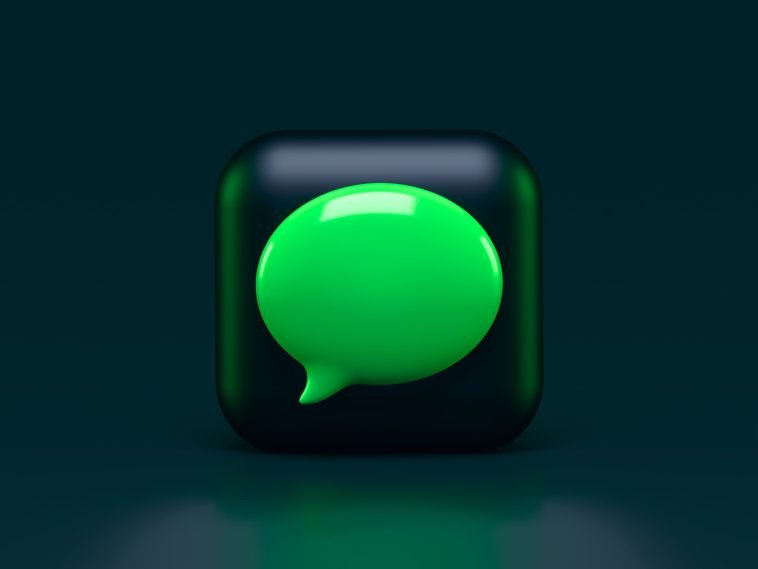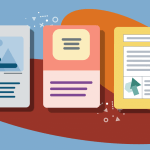Introduction.
If you’re starting with email marketing, you probably know that building a list of subscribers is the first, and maybe the most crucial, step.
Email marketing remains one of the most effective ways to reach an audience—whether you’re promoting a new product, sharing valuable content, or just keeping your customers engaged.
It’s known to bring an impressive ROI of up to $42 for every dollar spent, according to the Data & Marketing Association. But here’s the challenge: how do you get people to sign up for your emails?
Building a quality email list is more than just collecting as many emails as you can. It’s about finding the right people who genuinely want to hear from you, so that your messages don’t end up ignored or, worse, marked as spam.
This post will guide you through different ways to collect email addresses effectively, including tips on what to avoid, and answer some common questions along the way.
Why Collecting Email Addresses Matters
Having a solid email list opens a world of marketing opportunities. For starters, it gives you direct access to your audience without relying on social media algorithms or paid ads.
People on your email list have already shown an interest in what you offer by subscribing, so they’re more likely to engage with your content and take action when you send out promotions or news.
Collecting email addresses also lets you segment your audience.
This means you can send specific messages to different groups within your list, making your emails more relevant and personal. Segmenting can increase open rates by over 14% and boost click-through rates by almost 100%, according to Mailchimp’s data.
However, getting people to hand over their email addresses isn’t always easy. You need to give them a reason—a good reason—to sign up, and that’s where some creative strategies come in.
How Do I Collect Email Addresses For Email Marketing?
Here’s a list of some tried-and-true methods to help you build your email list:
1. Offer a Lead Magnet.
A lead magnet is something valuable you give away for free in exchange for an email address. This could be a downloadable PDF, a discount code, a checklist, or even a free mini-course. Lead magnets work because people feel like they’re getting something of value right away.
For example, if you’re a fitness coach, you could offer a free meal prep guide as a lead magnet to attract health-conscious subscribers.
2. Create an Exit-Intent Popup.
An exit-intent popup appears when someone is about to leave your website. It’s a last chance to capture their email by offering a compelling reason to stay connected.
For example, an e-commerce site might use a popup to offer a 10% discount on the first purchase if visitors sign up before they leave. Studies show that exit-intent popups can increase conversions by up to 10%.
3. Add a Signup Form to Your Website.
This is a classic, and it works. Having a simple, non-intrusive signup form in a visible spot—like the header, footer, or blog sidebar—lets people subscribe without much hassle. Make sure it’s clear and concise, mentioning exactly what they’ll get by signing up.
4. Use Social Media.
Promote your email list on your social channels. You could post a link to a signup form in your bio, run a campaign that drives followers to a landing page, or even create a story with a direct link to sign up. Social media is great for engaging people who already like your content but haven’t subscribed yet.
5. Host Webinars or Events.
Webinars are an effective way to capture email addresses from people interested in what you have to offer.
People are willing to provide an email in exchange for attending a free event, where they can get valuable information on a topic they’re interested in.
6. Encourage Referrals.
Referrals can be an easy way to grow your list. Offer existing subscribers an incentive—like a discount or special content—to refer a friend to sign up.
This creates a chain of new subscribers who already have a certain level of trust in your brand.
Pros and Cons of Different Methods
Each method for collecting email addresses comes with its advantages and some drawbacks, depending on your audience and goals.
Pros:
- Lead magnets are great for value-driven signups and tend to bring high-quality subscribers since they’re genuinely interested in the topic.
- Exit-intent popups can catch visitors before they leave, maximizing the chances of capturing leads.
- Webinars allow for more personalized engagement, leading to loyal subscribers.
Cons:
- Popups might annoy some visitors if not implemented carefully and could result in a negative experience.
- Social media promotions can be hit-or-miss, as social audiences sometimes follow for different reasons and may not convert to email subscribers as readily.
- Referrals are effective but may need incentives that could eat into your profit margin or require more effort to set up.
Common Questions about Building an Email List
Q1: Do I need permission to add someone to my email list?
Yes, absolutely. Adding people without permission can result in your emails being marked as spam, which hurts your sender’s reputation. In some countries, like in the EU under GDPR, it’s legally required to obtain consent.
Q2: How often should I send emails?
This depends on your audience. Some businesses email weekly, others monthly. Find a balance between staying top of mind and not overwhelming subscribers. Generally, a good rule of thumb is once per week to start, but you can adjust based on feedback and engagement.
Q3: What’s the best way to keep my list engaged?
Consistency and relevance are key. Make sure every email adds value, whether through tips, insights, or exclusive offers. Segmenting your list based on interests can also help you send targeted emails that feel more personalized and engaging.
Q4: Should I remove inactive subscribers?
Yes, removing inactive subscribers can improve your deliverability rates. You could try a re-engagement campaign first, but if people remain unresponsive, it’s best to remove them.
Wrapping Up
Email list building takes time and consistent effort, but the payoff is well worth it. With the right strategies—whether it’s through lead magnets, popups, social media, or events—you can steadily grow your list with engaged subscribers who are excited to hear from you.
So, now that you have some practical ideas, what’s your first step to building that all-important email list?





GIPHY App Key not set. Please check settings